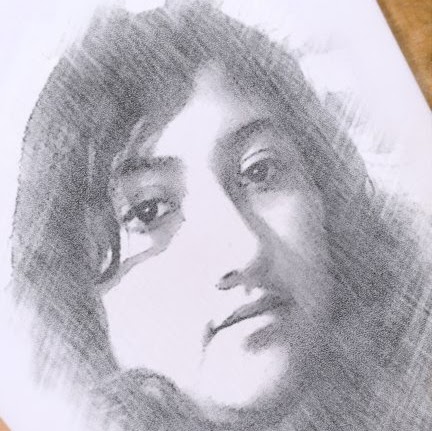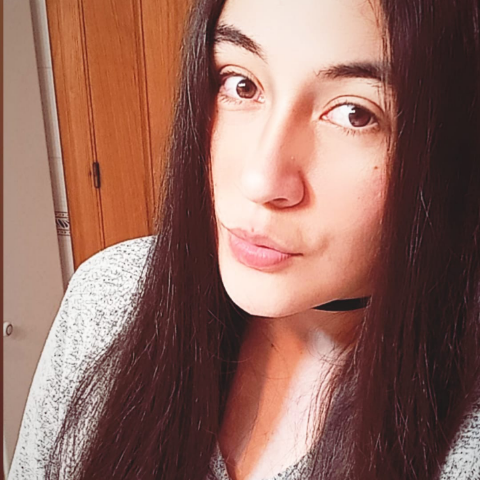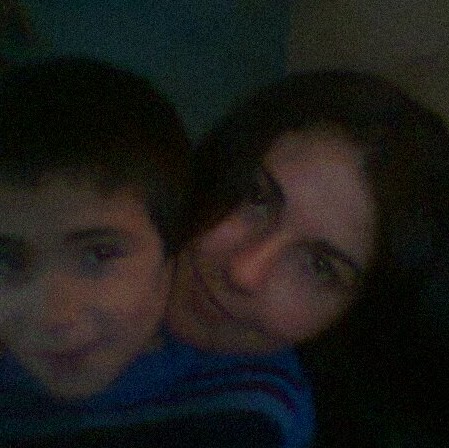Catherine W Cabrera
age ~64
from Royersford, PA
- Also known as:
-
- Catherine Ward Cabrera
- Catherine W Hickey
- Cathrine W Cabrera
- Catherine W Barnes
- Kate W Hickey
- Catherin E Hickey
- Kate Cabrera
- Phone and address:
-
115 Bayberry Dr, Limerick, PA 19468
(610)2099233
Catherine Cabrera Phones & Addresses
- 115 Bayberry Dr, Royersford, PA 19468 • (610)2099233
- Limerick, PA
- Gay, WV
- Manassas, VA
- Alexandria, VA
- Mont Clare, PA
- Mary Esther, FL
- Blowing Rock, NC
- Ripley, WV
- 115 Bayberry Dr, Royersford, PA 19468
Isbn (Books And Publications)

Microfluidics and Microsensors: Applications for Life Sciences, Drug Discovery and Medical Diagnostics
view sourceAuthor
Catherine Cabrera
ISBN #
0470031875
Resumes

Catherine Cabrera
view source
Stylist
view sourceWork:
Hairhub
Stylist
Stylist

Catherine Cabrera
view sourceLocation:
United States
License Records
Catherine W Cabrera
Address:
Royersford, PA 19468
License #:
SL007944 - Active
Category:
Speech
Type:
Speech Language Pathologist
Us Patents
-
Use Of Liquid Junction Potentials For Electrophoresis Without Applied Voltage In A Microfluidic Channel
view source -
US Patent:7141429, Nov 28, 2006
-
Filed:Oct 9, 2002
-
Appl. No.:10/268620
-
Inventors:Matthew S. Munson - Gaithersburg MD, US
Catherine R. Cabrera - Cambridge MA, US
Paul Yager - Seattle WA, US
Anson Hatch - Seattle WA, US
Andrew Kamholz - Seattle WA, US -
Assignee:University of Washington - Seattle WA
-
International Classification:G01N 35/08
B01D 17/00 -
US Classification:436 53, 436 52, 210511
-
Abstract:This invention provides methods for using liquid junction potentials to control the transport of charged particles in fluid streams that are in laminar flow within microfluidic channels. Applications of the methods of this invention include sample preconditioning (removal of interfering substances), electrophoretic separation (fractionation) of charged particles, enhanced or delayed mixing of charged particles across a fluid interface relative to diffusion only, focusing charged particles in a fluid stream in one or two dimensions, and concentration of charged reactants at a fluid interface.
-
Use Of Liquid Junction Potentials For Electrophoresis Without Applied Voltage In A Microfluidic Channel
view source -
US Patent:20060196771, Sep 7, 2006
-
Filed:May 22, 2006
-
Appl. No.:11/419717
-
Inventors:Matthew Munson - Gaithersburg MD, US
Catherine Cabrera - Cambridge MA, US
Paul Yager - Seattle WA, US
Anson Hatch - Seattle WA, US
Andrew Kamholz - Seattle WA, US -
Assignee:University of Washington - Seattle WA
-
International Classification:C07K 1/26
G01N 27/447 -
US Classification:204451000, 204601000
-
Abstract:This invention provides methods for using liquid junction potentials to control the transport of charged particles in fluid streams that are in laminar flow within microfluidic channels. Applications of the methods of this invention include sample preconditioning (removal of interfering substances), electrophoretic separation (fractionation) of charged particles, enhanced or delayed mixing of charged particles across a fluid interface relative to diffusion only, focusing charged particles in a fluid stream in one or two dimensions, and concentration of charged reactants at a fluid interface.
Myspace
Flickr

Catherine Cabrera
view source
Catherine Cabrera
view source
Catherine Cabrera
view source
Catherine Joy Cabrera
view source
Catherine Cabrera
view source
Catherine Cabrera
view source
Catherine Cabrera
view source
Catherine Cabrera
view sourceClassmates

Catherine Davidson (Cabre...
view sourceSchools:
Holy Name of Jesus High School New Orleans LA 1960-1964

Catherine Cabrera
view sourceSchools:
Anna Michen Lower Elementary School Fennville MI 1996-2000
Community:
Angela Menear, Heather Skelton

Catherine Cabrera (Stuart)
view sourceSchools:
Batavia High School Batavia OH 1980-1984
Community:
Jean Hemker

Holy Name of Jesus High S...
view sourceGraduates:
Catherine Cabrera (1960-1964),
Donna Locantro (1970-1974),
Margaret Barrosse (1952-1956),
Theresa Rombach (1942-1946),
Linda Pacaccio (1957-1961)
Donna Locantro (1970-1974),
Margaret Barrosse (1952-1956),
Theresa Rombach (1942-1946),
Linda Pacaccio (1957-1961)
Googleplus

Catherine Cabrera
Education:
University of the Philippines, Diliman

Catherine Cabrera
Education:
Udenar

Catherine Cabrera

Catherine Cabrera

Catherine Cabrera
Relationship:
Single

Catherine Cabrera

Catherine Cabrera

Catherine Cabrera
Youtube
Get Report for Catherine W Cabrera from Royersford, PA, age ~64






